In today’s world, it is common to document nearly everything we do in everyday life. The same goes for travelling. And it is even more tempting since the chances of revisiting some marvellous places are less likely to happen. In our quest to catch some of those rare memories with our cameras, we may forget to enjoy the actual place. After returning home, we may ask ourselves what to do with travel photos besides looking at them on a small mobile screen.
Editing
If you are more into photo editing and want to learn new skills, then editing your travel photos might be a great idea and opportunity. Apps I would recommend for editing are Adobe Photoshop Express or Lightroom, Hypic, and InShot. They come with presents, auto adjustment features, cool filters, or effects. But you can still try to make your edits.
When you make your edits, try to adjust the exposure and contrast. Change shadows and highlights to brighten some parts of the photo. Next, adjust the white balance and preserve the worm accent when editing sunsets, sunny moments, or cooler tones when working with moody or cloudy landscapes.
Use crop to make the subject of your photo more visible and to improve the rule of thirds composition. Consider enhancing specific details for a sharper look, but be cautious not to overdo it, as subtlety often yields the best results.
Try to preserve the natural feel of the original photos. Do not use artificial filters. Set the ones you use at around 50% or less. Watch out for the overexposed pictures or parts of images. Sometimes, you can adjust those parts with changing highlights. In some cases, you can try sky replacements. Changes should be subtle. Try not to overdo it with saturation.
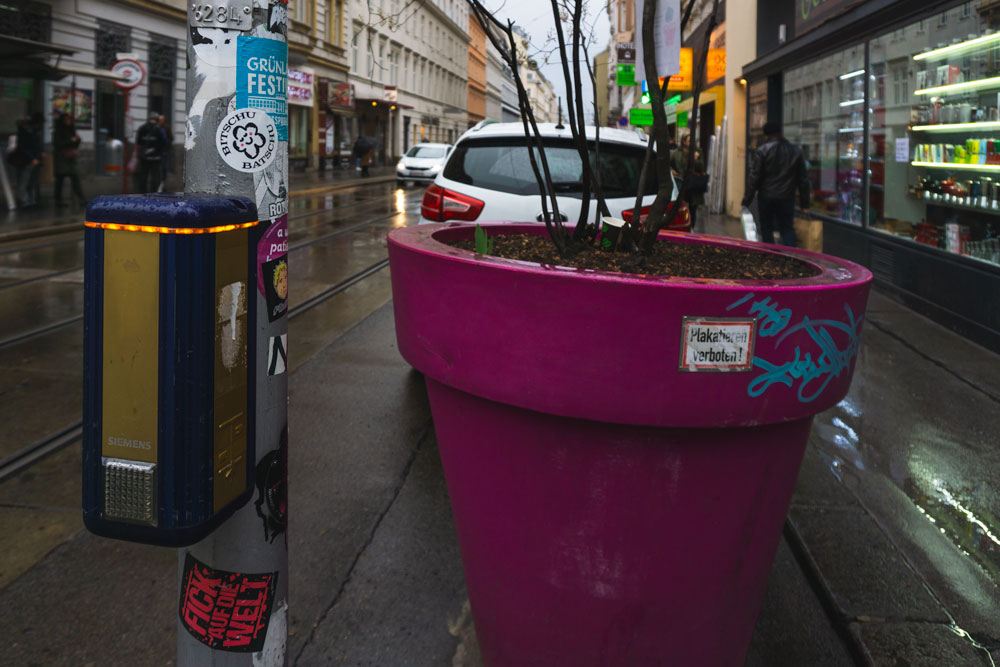
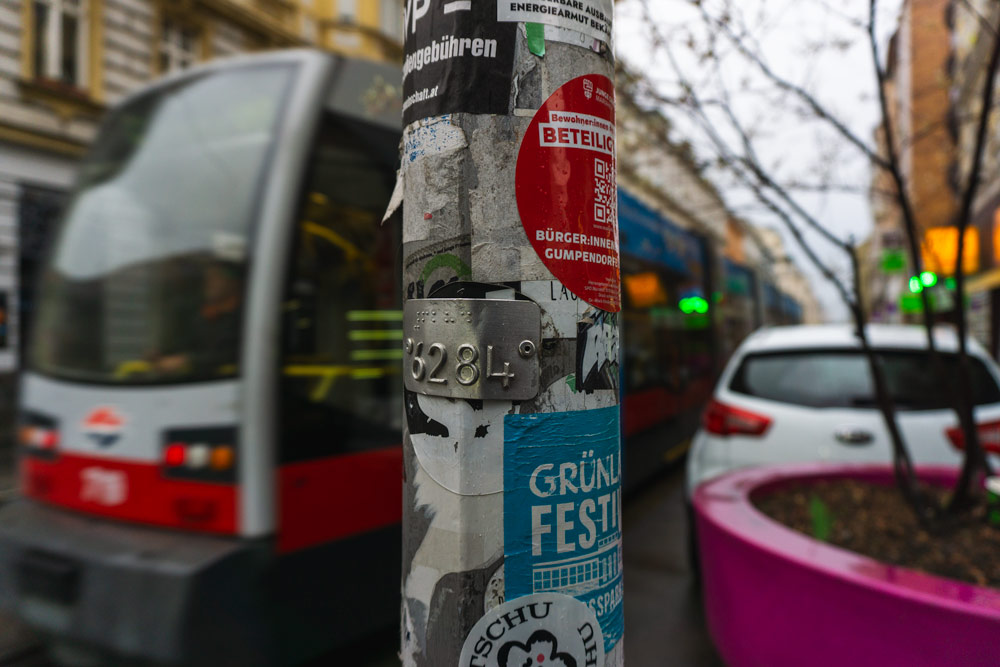
Organizing and storing
There are countless ways to store your photos besides your mobile or memory cards. You can use cloud-based systems like Google Drive, iCloud, or Dropbox. More importantly, focus on how you organize the images, as thoughtful arrangements can make a significant difference.
Here are some tips:
– Create folders for each destination and subfolders for each location or city you visited. If you want a more detailed structure, subdivide them into activities, trips, accommodation, and transportation. Do not forget to add the year. For example: Year – Destination – City – Event.
– Do not keep the default names. Rename all files with something more descriptive. For example, change Img123.jpg into DevilsCave_bavaria_germany.jpg.
– Try to maintain consistency in naming folders and files to avoid chaos
– Add tags. They will make your search easier.
– besides storing photos on a former device or cloud, you can store backup files on external hard drives. Edit copies, not the originals.
– Before you store and edit travel photos, check them all and delete all faulty files with technical issues (overly exposed, underexposed, blurry, unwanted people or objects) or duplicates.
– Try to sort pictures right after your trip while your memories are fresh.
– Use photo editing apps to organize, manage, and add metadata to your photos.
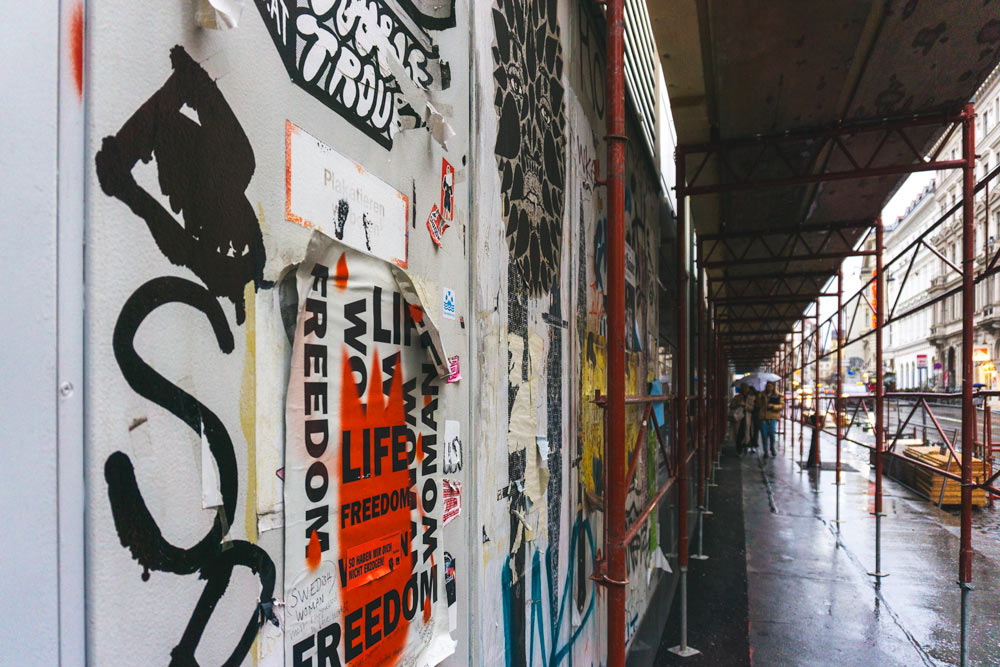
Sharing on social media
After you have edited your travel photos, you can share them on any social media platform. The most favorites are Instagram, TikTok, Pinterest, Flickr, Reddit, and Tumblr. Pinterest is particularly popular among individuals who enjoy blogging and sharing their travel experiences and personal stories. Be aware that different platforms have different image size recommendations or posting requirements. Stay updated on the latest trends and best practices for each platform. It will help ensure your pictures reach the right audience effectively.
Keepsakes and art
In a few years, you may no longer browse your Lightroom catalog. Instead, you might prefer having something more physical in your hand. Maybe a photo album, calendar, or photo wall art. Buy a photo printer and photo paper and make something. You can add stories or descriptions for each photo.
Monetizing
Making money from travel photos is doable with some of the above-mentioned practices and approaches. If you have some following on social media, you can sell art prints, postcards, or calendars on your website, create an Etsy store, or something similar. You can also reach out to companies producing such products through cold emails. This can help you explore potential business opportunities.
Photobanks are old and oversaturated places. Do not expect to earn a lot if you do not plan to update them regularly. Another key factor is the locations where you are shooting. Less touristy places can make you stand out. It is particularly relevant if you are involved in photojournalism, capturing local traditions, cultures, native people, or political events. Unfortunately, there are too many beautiful pictures of the Eiffel Tower, unlike the war zones in Syria, Sudan, and other similar locations. I recommend photo banks like Pond5 and Adobe Stock.
Some other options what to do with travel photos include participating in photography contests, partnering with magazines, and running travel blogs with affiliate links or ads.
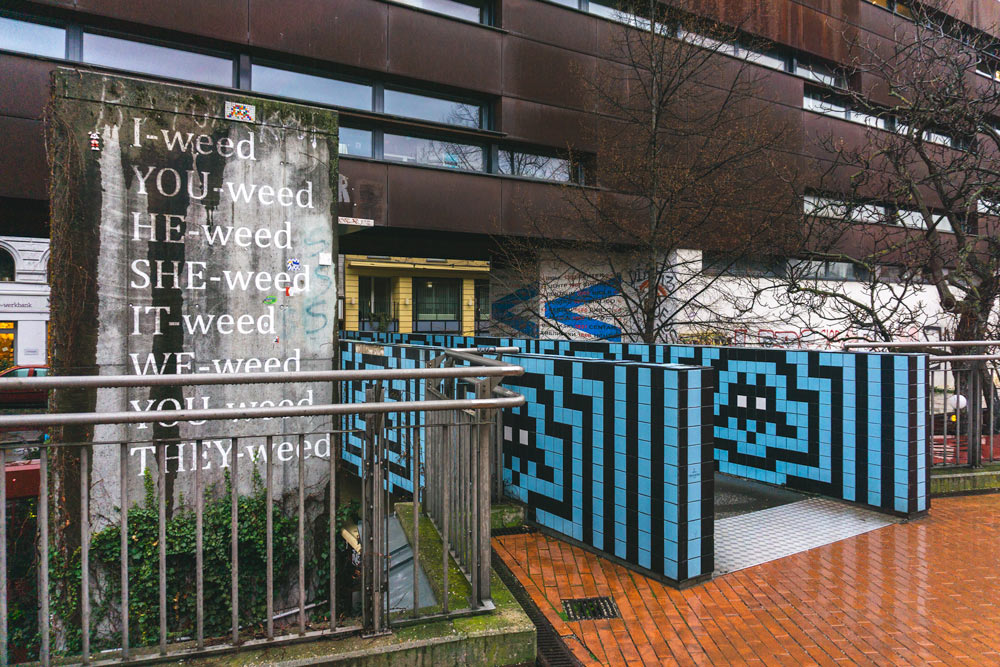
Travel memoirs and books
An old-school way to document your travels is to write a travel diary or even compile a complete book or travel guide. Enhancing it with printed pictures can bring your stories to life while gathering and incorporating tangible mementos like travel tickets, entrance stubs, postcards, posters, and even natural items like leaves or pressed flowers to add a personal and creative touch. Including maps, receipts from memorable meals, or small souvenirs can deepen the narrative, transforming your journal into a sensory keepsake.
To make it more engaging, you can apply washi tape, glue, or clips and build interactive pockets for loose memorabilia or add handwritten notes and sketches. Polaroid-style prints or photo stickers can give it a playful aesthetic, while adding QR codes linking to digital albums or videos can modernize your creation. This combination of traditional and modern elements makes producing such a journal an exciting and meaningful way to preserve travel memories.
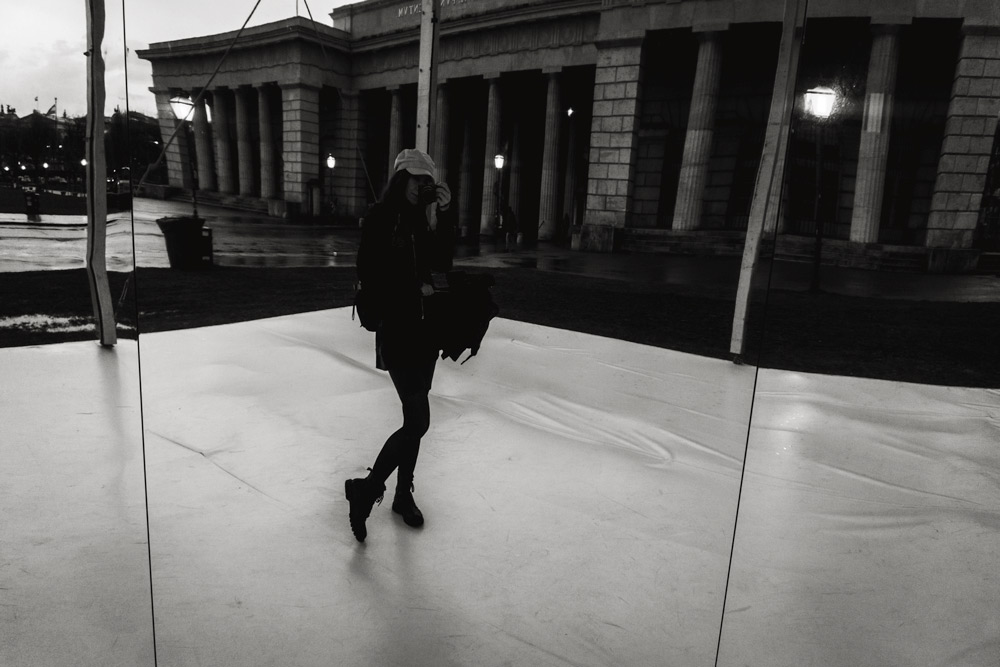
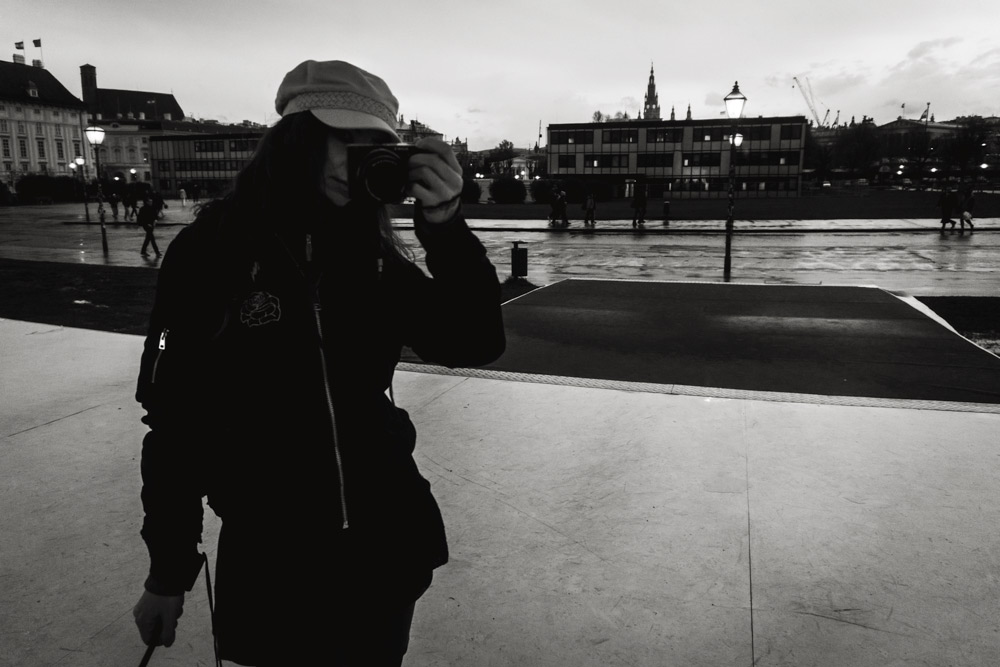
Education and community
The final section of this guide, What to Do with Travel Photos, focuses on building and engaging with communities. Consider joining local travel groups, forums, festivals, or cultural hubs in your town or city. If none exist, why not create your own? Organize events or participate in existing ones to share your experiences, educate others about photography and travel destinations, or entertain with your stories. And if your travel photos stand out, approach galleries to explore the possibility of hosting an exhibition to showcase your work.
Sources: